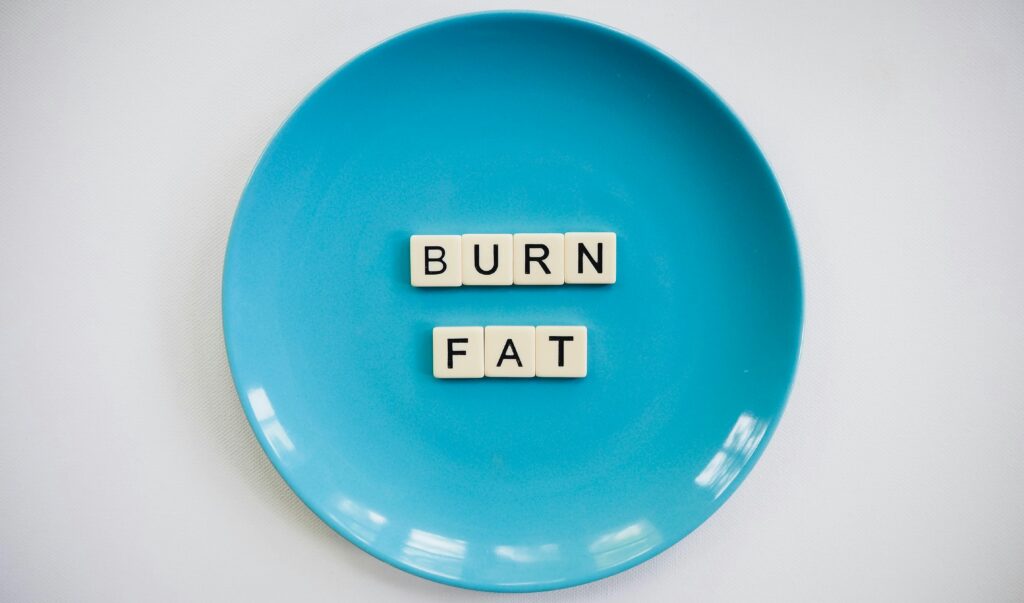Losing weight quickly is a goal for many, but it requires a strategic approach that balances nutrition, exercise, and lifestyle changes. In this guide, we provide the most effective methods to shed pounds efficiently while maintaining overall health.
Understanding Weight Loss Basics
Weight loss occurs when you consume fewer calories than you burn. This is known as a caloric deficit. However, simply reducing calorie intake is not enough. The quality of food, macronutrient distribution, and exercise regimen play critical roles in achieving sustainable results.
1. Optimize Your Diet for Rapid Weight Loss
Eat More Protein
Protein is essential for preserving muscle mass while burning fat. It also increases satiety, reducing hunger and calorie intake. Good protein sources include:
- Lean meats (chicken, turkey, fish)
- Eggs
- Greek yogurt
- Legumes and beans
- Nuts and seeds (in moderation)

Reduce Refined Carbohydrates
Refined carbs, such as white bread, pasta, and sugary foods, spike blood sugar levels, leading to increased fat storage. Instead, choose complex carbohydrates like:
- Whole grains (quinoa, brown rice, oats)
- Vegetables (broccoli, spinach, carrots)
- Legumes and fiber-rich foods
Incorporate Healthy Fats
Contrary to popular belief, healthy fats aid in weight loss by keeping you full longer and regulating metabolism. Include sources such as:
- Avocados
- Olive oil
- Nuts and seeds
- Fatty fish (salmon, mackerel, sardines)
Drink More Water
Staying hydrated boosts metabolism and helps in reducing unnecessary calorie intake. Aim for at least 8 glasses per day. Drinking water before meals can also reduce appetite and prevent overeating.
2. Exercise Strategies for Fast Fat Burning
High-Intensity Interval Training (HIIT)
HIIT workouts are proven to be highly effective for weight loss. They involve short bursts of intense exercise followed by brief rest periods. Benefits include:
- Increased calorie burn even after the workout
- Improved cardiovascular health
- Shorter workout duration with maximum efficiency
Strength Training for Muscle Growth
Lifting weights or doing bodyweight exercises preserves lean muscle mass while losing fat. Strength training helps in:
- Boosting metabolism
- Improving body composition
- Enhancing overall strength
Incorporate Daily Movement
Aside from structured workouts, increasing daily movement helps with calorie expenditure. Simple ways to move more include:
- Taking the stairs instead of the elevator
- Walking 10,000 steps a day
- Doing household chores
3. Lifestyle Changes for Lasting Results
Prioritize Sleep
Lack of sleep leads to hormonal imbalances that trigger hunger and cravings. To optimize weight loss:
- Aim for 7-9 hours of quality sleep
- Establish a consistent sleep schedule
- Reduce screen time before bed
Manage Stress Levels
Stress increases cortisol levels, which promotes fat storage, especially in the abdominal area. Effective stress-reduction methods include:
- Meditation and deep breathing
- Regular physical activity
- Engaging in hobbies and relaxation techniques
Limit Alcohol and Sugary Beverages
Liquid calories from sodas, fruit juices, and alcoholic drinks contribute significantly to weight gain. Opt for water, herbal teas, or black coffee instead.
4. Best Diet Plans for Quick Weight Loss
Intermittent Fasting (IF)
IF involves cycling between eating and fasting periods. Popular methods include:
- 16:8 method (16 hours fasting, 8-hour eating window)
- 5:2 method (eating normally for 5 days, restricting calories for 2 days)
- OMAD (One Meal a Day)
Ketogenic Diet (Keto)
The keto diet is a low-carb, high-fat diet that puts the body into ketosis, a state where it burns fat for fuel instead of carbohydrates. It has been shown to accelerate weight loss.
Mediterranean Diet
This diet focuses on whole foods, healthy fats, lean proteins, and vegetables. It’s not only effective for weight loss but also promotes heart health.
5. Tracking Progress and Staying Motivated
Monitor Your Food Intake
Using a food diary or apps like MyFitnessPal helps track calories and macronutrients. This prevents overeating and ensures adherence to the weight loss plan.
Weigh Yourself Regularly
While daily fluctuations occur due to water retention, weekly weigh-ins can help track overall progress. For best accuracy:
- Weigh yourself at the same time each day
- Use a consistent scale
- Track body measurements alongside weight
Set Realistic Goals
Setting short-term and long-term goals keeps motivation high. Examples include:
- Losing 5 lbs in one month
- Fitting into a smaller clothing size
- Running a mile without stopping
Conclusion: Start Your Weight Loss Journey Today
Losing weight fast is achievable with the right combination of diet, exercise, and lifestyle changes. By implementing these strategies, you can accelerate fat loss while maintaining long-term health. Stay consistent, track progress, and adjust methods as needed to reach your goals.
